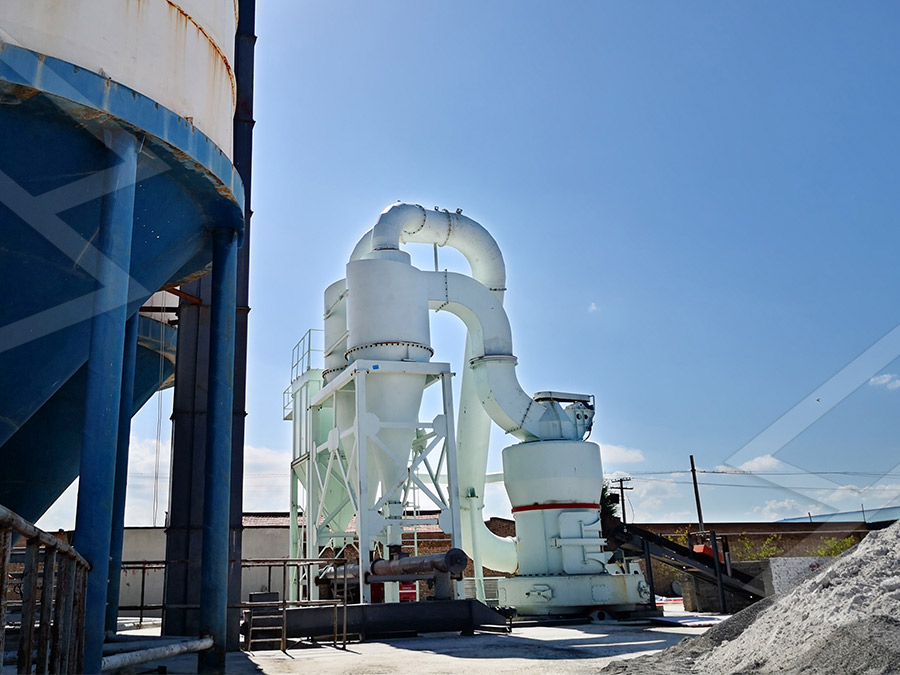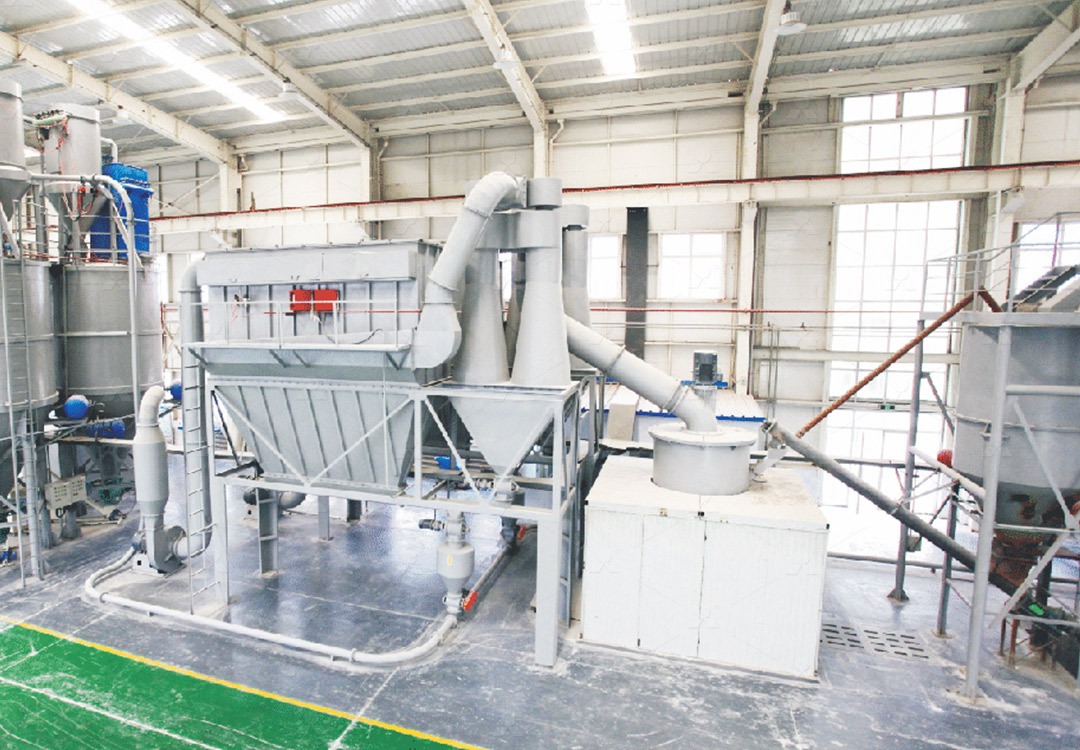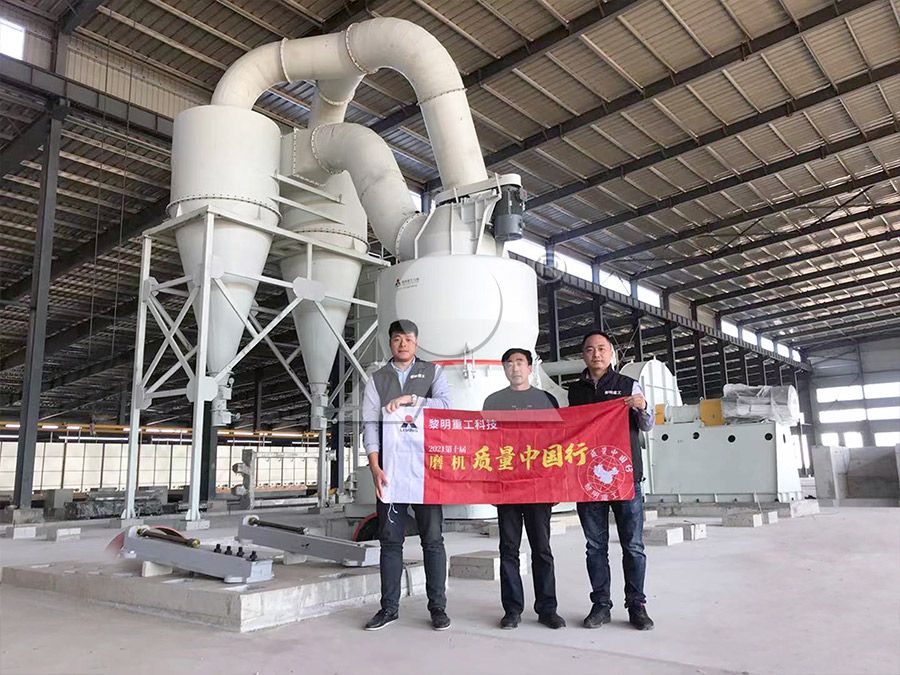Zhengzhou Raymond Mill: Reliable Grinding Equipment for Industrial Mineral Processing
Zhengzhou Raymond Mill: Reliable Grinding Equipment for Industrial Mineral Processing
In the demanding world of industrial mineral processing, efficiency, reliability, and precision are non-negotiable. For decades, Raymond Mill technology has stood as a cornerstone in this sector, providing consistent performance for a vast range of materials. At the heart of this legacy is the continuous innovation that transforms raw minerals into valuable, fine powders for countless applications, from construction materials to advanced ceramics and chemical additives.

The fundamental principle of the Raymond Mill—grinding through spring-loaded rollers against a rotating ring—has proven its worth across industries. However, modern advancements have significantly enhanced this classic design. Today’s mills offer improved grinding curves, advanced powder separation, and integrated environmental controls, making them more productive and eco-friendly than ever before. The ability to process materials like limestone, calcite, dolomite, and gypsum to precise specifications is crucial for manufacturers aiming to maintain competitive product quality.
Meeting Modern Demands with Advanced Technology
While the traditional Raymond Mill remains a viable solution for many operations, specific applications demand even greater fineness, energy efficiency, and automation. For customers requiring ultra-fine powder in the range of 325 to 2500 meshes, our MW Ultrafine Grinding Mill represents a significant technological leap forward.
This machine is engineered for customers focused on producing high-value ultra-fine powders. It features a newly designed grinding curve for its roller and ring, which boosts grinding efficiency remarkably. With the same fineness and power input, its production capacity can be up to 40% higher than jet mills and twice that of a traditional ball mill, all while reducing system energy consumption by approximately 30%. A key innovation is the absence of rolling bearings and screws within the grinding chamber, eliminating common failure points and concerns about loose components causing machine damage. Furthermore, its efficient pulse dust collector and muffler ensure the entire production process meets stringent environmental standards, minimizing dust and noise pollution.

A Comprehensive Solution for Diverse Applications
The versatility of grinding mills is critical. Beyond the MW Series for ultra-fine powder, another standout in our portfolio for specialized tasks is the LUM Ultrafine Vertical Grinding Mill. Independently designed with the latest grinding roller and German powder separating technology, the LUM mill integrates grinding, grading, and transporting into a single, highly efficient unit. Its unique roller shell and lining plate grinding curve promote easier material layer formation, enabling a high rate of finished product in a single pass. This design not only enhances efficiency but also improves the whiteness and cleanliness of the final powder, which is essential for industries like paints, cosmetics, and food additives.
Both the MW and LUM mills exemplify how modern engineering addresses core industry challenges: higher yield, lower energy consumption, and more environmentally conscious operation. Their digitalized processing ensures high precision in manufacturing, while a robust supply chain for original spare parts guarantees worry-free, long-term operation.
Driving Efficiency and Sustainability Forward
The evolution of grinding equipment is inextricably linked to the broader goals of industrial sustainability. Modern mills are not just about pulverizing material; they are about doing so intelligently. Features like external lubrication systems that allow for maintenance without shutdown, PLC-controlled powder separators for precise fineness control, and comprehensive dust removal systems are now standard in high-end models. These advancements directly contribute to lower operating costs, reduced environmental footprint, and enhanced worker safety.

Choosing the right grinding equipment is a strategic decision that impacts productivity, product quality, and profitability. Whether the requirement is for the robust simplicity of a Raymond Mill or the advanced capabilities of an ultrafine grinding system, the focus must remain on reliability, performance, and total cost of ownership.
Frequently Asked Questions (FAQ)
What is the typical input size and capacity of the MW Ultrafine Grinding Mill?
The MW Ultrafine Grinding Mill can accept an input size of 0-20 mm and offers a capacity range of 0.5 to 25 tons per hour, making it suitable for various production scales.
What materials can these grinding mills process?
Our mills, including the Raymond Mill, MW Series, and LUM Series, are capable of processing a wide array of non-metallic minerals such as limestone, calcite, dolomite, gypsum, barite, talc, and coal powder, among others.
How does the MW Ultrafine Grinding Mill achieve its environmental benefits?
It is equipped with an efficient pulse dust collector that prevents dust pollution and a muffler with a noise elimination room to significantly reduce operational noise, ensuring full compliance with national environmental protection standards.
What makes the LUM Ultrafine Vertical Grinding Mill easier to maintain?
The LUM mill features a reversible structure. Combined with a hydraulic adjustment system, this allows operators to easily move the grinding roller out of the mill body for inspection, replacement of wear parts, and other maintenance, thereby reducing downtime and associated losses.
Can the fineness of the final product be adjusted?
Yes, particularly in advanced models like the MW Ultrafine Grinding Mill. Its cage-type powder selector allows the product fineness to be precisely adjusted between 325 and 2500 meshes, with the capability to achieve a screening rate of d97≤5μm in a single pass.
